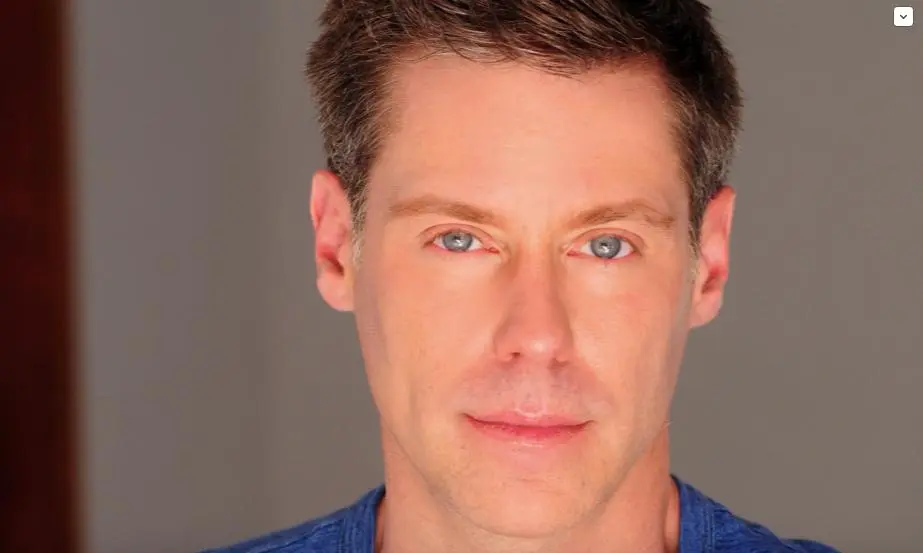It’s an audio description extravaganza on the Life After Blindness Podcast! First, I speak with audio description narrarator and voiceover artist, Roy Samuelson about the creation process and the current state of audio described content. Then, I show you how to turn on the audio described track within 5 of the top video streaming services. And finally, I share my thoughts on the availability of audio description, accessibility and the future of AD.
If you would like to support Life After Blindness and receive exclusive perks, become a patron. Thanks!
A Conversation about audio description.
Roy Samuelson is a voiceover artist and audio description narrarator who has lent his voice to well over 500 national network episodes and blockbuster films. This includes NCIS, Lethal Weapon, Star Trek Picard, 1917, Spiderman Far from Home and Spiderman Homecoming, . Roy is also known for his voiceover work on many popular video games and television commercials.
Roy begins our conversation by talking about what audio description is by comparing it to color commentating on a live sports event. He then describes the process of creating an audio description track beginning with the writing, the recording and editing. He explains the maticulous planning and creativity that goes into producing an audio described track.
Roy discusses his excitement over how much audio description has grown in recent years. He is particularly excited about new streaming services as well as work behind the scenes that will continue the growth of and access to audio description.
Roy is a big believer in advocacy. We talk about consumers asking for audio description for The Dark Crystal series and Daredevil on Netflix. In each case, the community spoke up and they got results.
Next, Roy tells me about how he got started doing voiceover work and how that has affected how he narrators an audio description track. Roy played a gangster in the former Great Movie Ride at Walt Disney World where he was really able to sharpen his acting and narration skills.
Roy has a passion for storytelling and connecting to an audience. In this interview, Roy definitely demonstrates that passion and the dedication that it takes to create an audio description track.
He continues to learn as well as teach, conducting occasional workshops for other narrators.
I am so grateful that Roy took some time to speak with me for this interview. He tells so many great behind-the-scenes tidbits and anecdotes. It was such a joy to speak with him!
If you would like more information about Roy Samuelson, you can visit his website, and follow him on Facebook and Twitter.
Additional resources for audio description that we discussed are:
The Audio Description Project from the American Council of the Blind. (ACB)
Audio Description Discussion Facebook Group
On Twitter, follow the hash tags AudioDescription KnowYourNarrator and NothingAboutUsWithoutUs
Todays Tech Tip
Continuing the audio description extravaganza, I show you how to activate the AD track within 5 of the top video streaming services.
You will hear me navigate through the player controls of Amazon Prime Video, AppleTV+, Netflix, Disney+ and CBS All Access. I demonstrate this on my iPhone 7 using iOS 13.3.1.
As a little bonus, I show how accessible most of these apps are and how one in particular is not so accessible.
Just my two cents about AD
To close out the show, I spend a few minutes talking about the current state of audio description and where I hope it will progress to in the future. I also share my displeasure with the way that AD tracks are licensed and distributed.
Overall, I think that the future of audio description looks good. It’s just that the road to get there might be a bit rocky. But as long as we keep advocating for accessibility and inclusion, we will hopefully get there faster and together.
If you have any comments or questions, please send your emails to: tim@lifeafterblindness.com. You can also leave me a voice mail by calling, 201-855-5221.
Please join me again next time as we continue our journey together to find that there truly can be a life after blindness.
Original Publishing: An Audio Description Extravaganza! Conversation with Voiceover Artist Roy Samuelson

